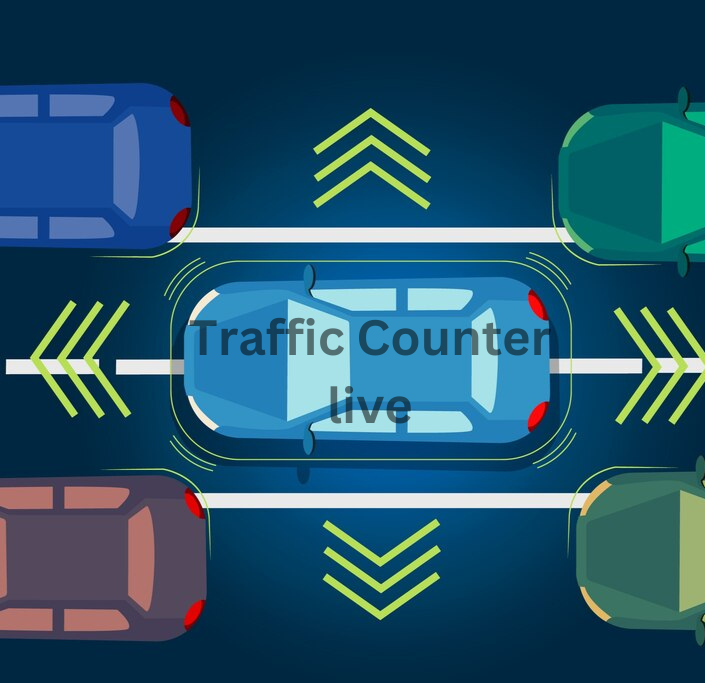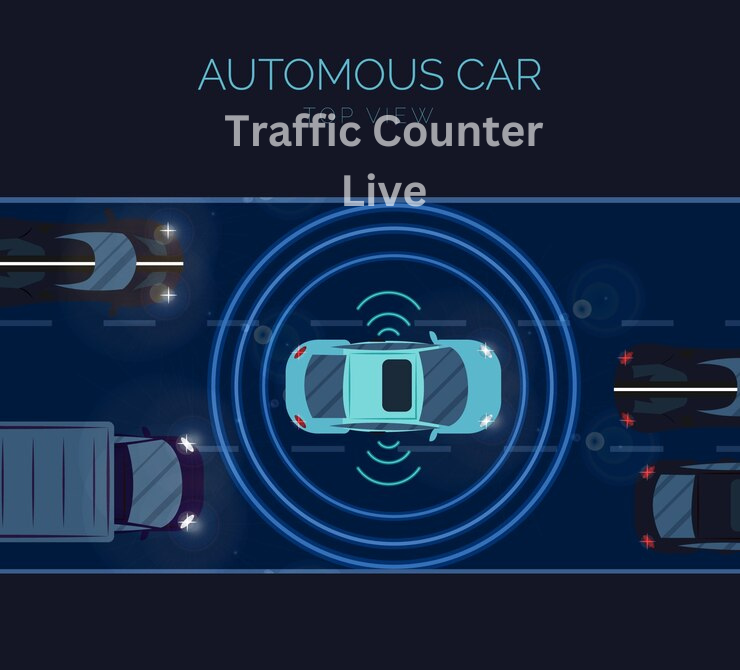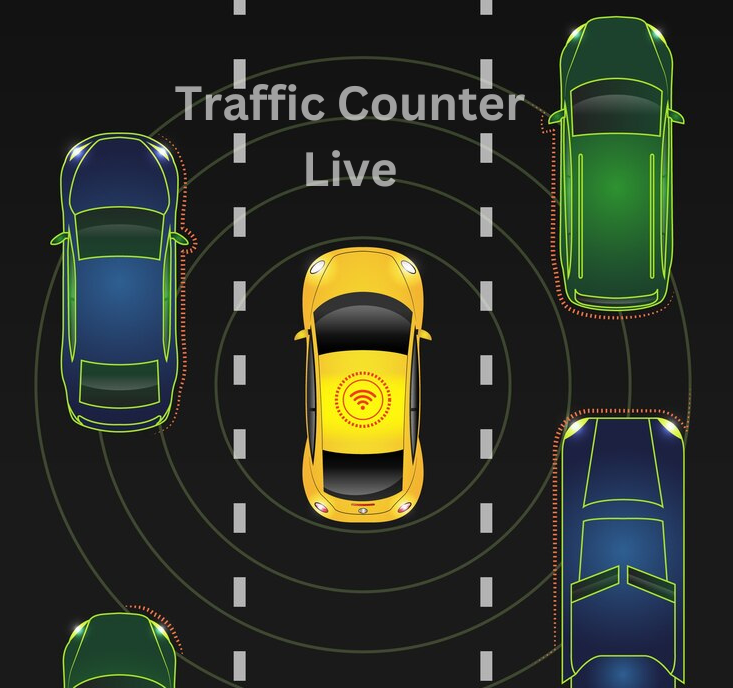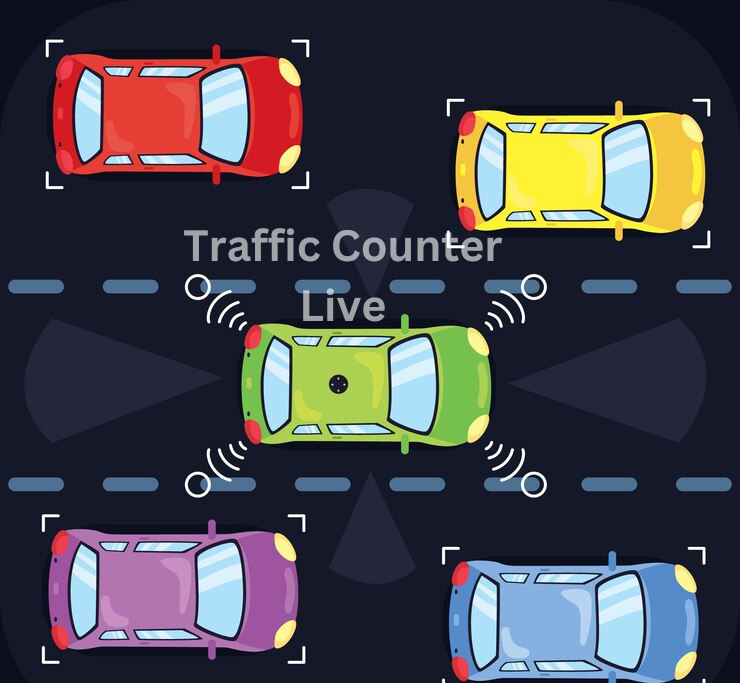
Traffic Counter Comprehensive Traffic Data Collection Services
Effective traffic data collection is essential for understanding and managing transportation systems. From analyzing vehicle movements to evaluating parking lot usage, accurate traffic data supports informed decision-making for infrastructure improvements and traffic management. Below, we detail our extensive range of traffic data collection services and address common questions about the process.

Our Traffic Data Collection Services
Traffic Counter services cover a broad spectrum of traffic monitoring needs. We use advanced technology and methodologies to ensure precise data collection and analysis. The table below summarizes our key services:
| Traffic counting Services | Description |
| Automated Pedestrian and Bicycle Counts | Collects data on pedestrian and bicycle traffic using automated systems. |
| Continuous-Count Station Installation and Maintenance | Provides ongoing traffic data collection through installed stations. |
| Delay Studies (Stop and Signal) | Measures delays at stop signs and signals to analyze traffic flow. |
| Gap Studies | Analyzes the time gaps between vehicles to assess traffic flow efficiency. |
| Intersection Turning Movement Counts (Manual and Video) | Records turning movements at intersections using manual or video methods. |
| Mechanical Classification, Speed, and Volume Counts | Classifies vehicles and measures speed and volume using mechanical counters. |
| Non-Intrusive Classification, Speed, and Volume Counts | Uses non-intrusive methods to classify vehicles and measure speed and volume. |
| Origin and Destination Studies (ALPR and Bluetooth) | Tracks vehicle origins and destinations using Automatic License Plate Recognition and Bluetooth technology. |
| Parking Lot Occupancy and Turnover Studies | Assesses parking lot usage and turnover rates to optimize space utilization. |
| Queuing Studies | Measures vehicle queues at various points to evaluate congestion and flow. |
| Travel Time Studies | Calculates travel times between points to assess route efficiency. |

Why Traffic Counter Are Essential
Traffic Counter are conducted to gather data on current traffic conditions and to understand traffic patterns. This information is crucial for several reasons:
- Infrastructure Planning: Helps in planning and designing road improvements and expansions.
- Long-Range Projections: Provides data for forecasting future traffic volumes and planning for future needs.
- Funding Justification: Assists in justifying funding for road improvements and maintenance through federal gas tax revenues.
Frequently Asked Questions
1. Do the road tubes provide speed information?
No, road tubes alone do not automatically provide speed information. To collect speed data, you need multiple road tubes, and you must configure the data collection system specifically for this purpose.
2. Why are we doing traffic counts?
Local government authorities request traffic counts to survey existing traffic conditions. Regular data collection helps in understanding traffic trends, planning for future road improvements, and making decisions about road maintenance and infrastructure investments.
3. Can we classify vehicles in congested areas?
In highly congested areas where traffic is at a standstill or moving very slowly, accurate vehicle classification can be challenging. Gridlock conditions can make it difficult to classify vehicles effectively.
4. How do you verify that the data collected is accurate?
To verify data, compare machine-collected data with manual counts conducted in the same area. This dual approach ensures accuracy and reliability by cross-checking automated data with human observations.
5. What is AADT?
AADT stands for Average Annual Daily Traffic. It represents the average number of vehicles that pass a specific point on a road each day over the course of a year.
6. What is an ATR?
An ATR, or Automatic Traffic Recorder, is a device used to collect traffic count data. These devices are mini-computers powered by batteries or solar energy, connected to road tubes to record traffic volumes and other metrics.
7. Why conduct a vehicle classification count versus a volume count?
Vehicle classification counts provide detailed information about the types of vehicles on the road, categorized into classes as defined by the FHWA. In contrast, volume counts only measure the total number of vehicles without specifying their type.
8. What is a traffic monitoring system?
A traffic monitoring system systematically collects, analyzes, summarizes, and retains data related to highway and transit traffic. This system supports traffic management and planning efforts by providing comprehensive data on vehicular and pedestrian traffic.
Conclusion
Understanding traffic patterns through detailed data collection helps improve road safety, optimize traffic flow, and plan for future transportation needs. Our wide range of traffic data collection services is designed to meet various needs, from pedestrian counts to detailed delay studies. For accurate and reliable traffic data, choose our expert services and ensure informed decision-making for your transportation projects.

